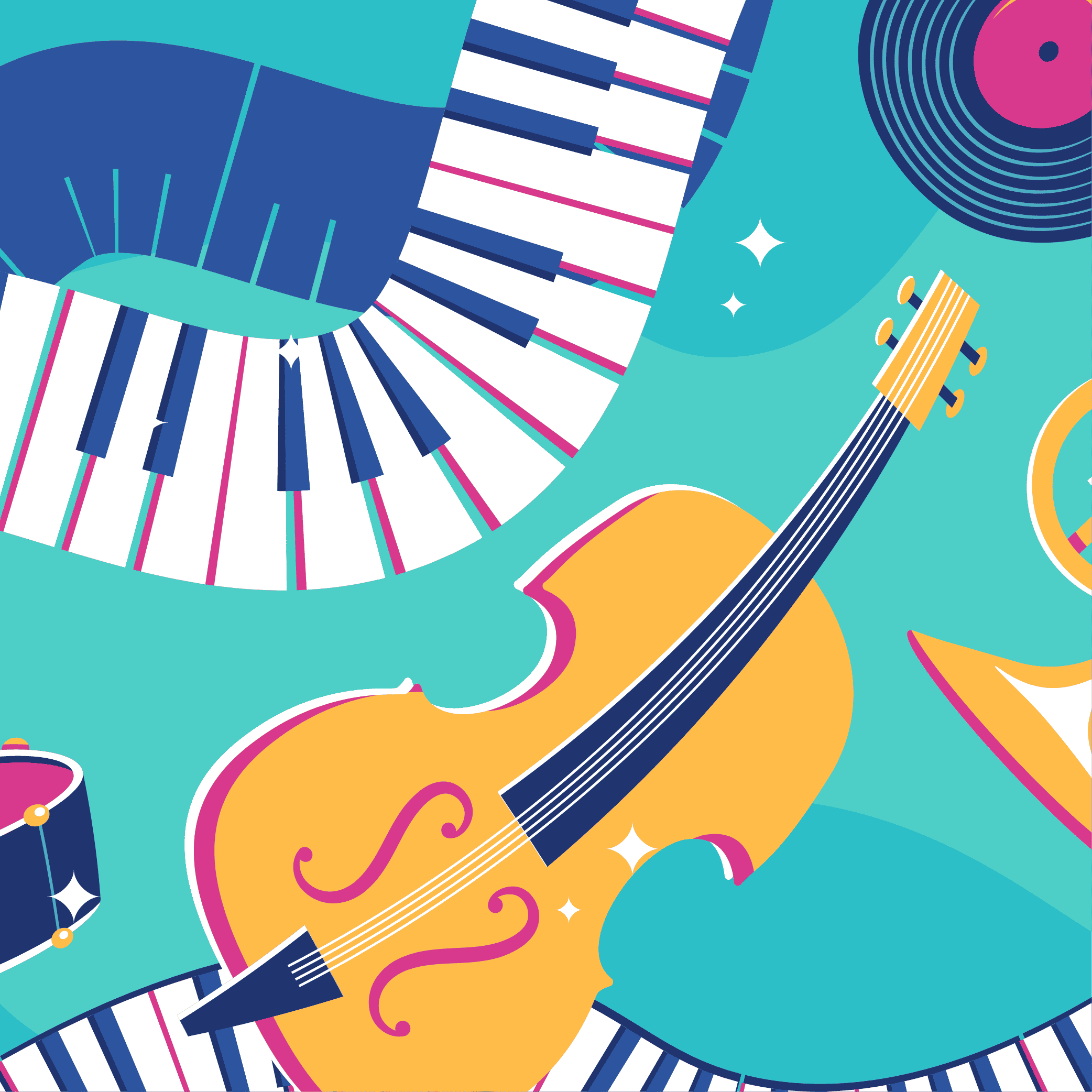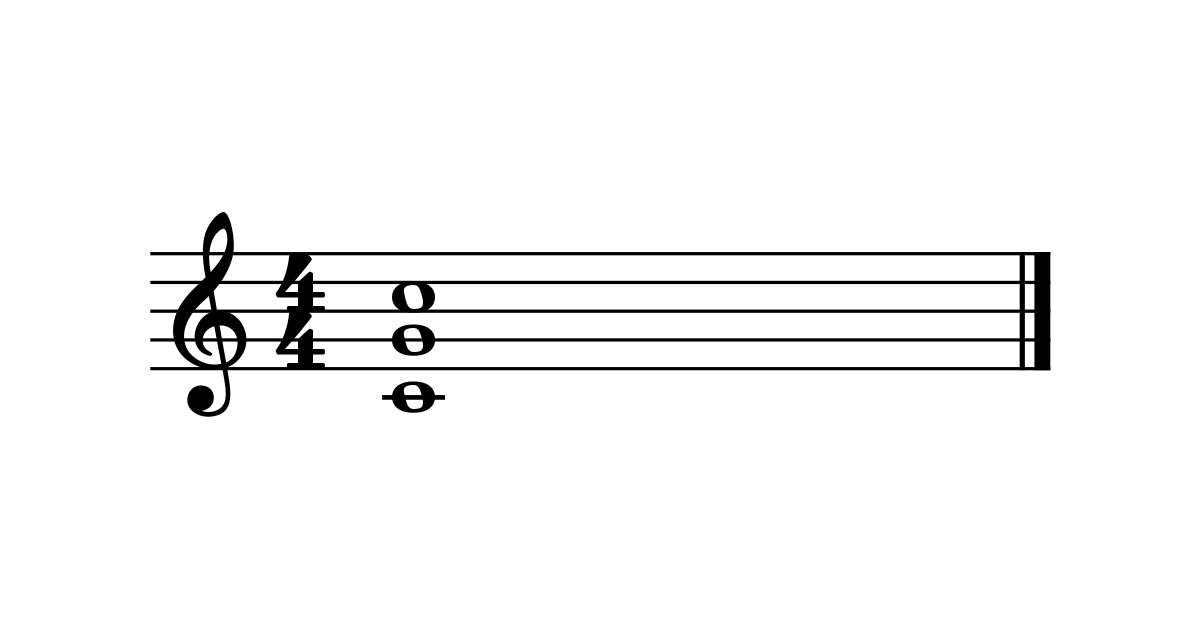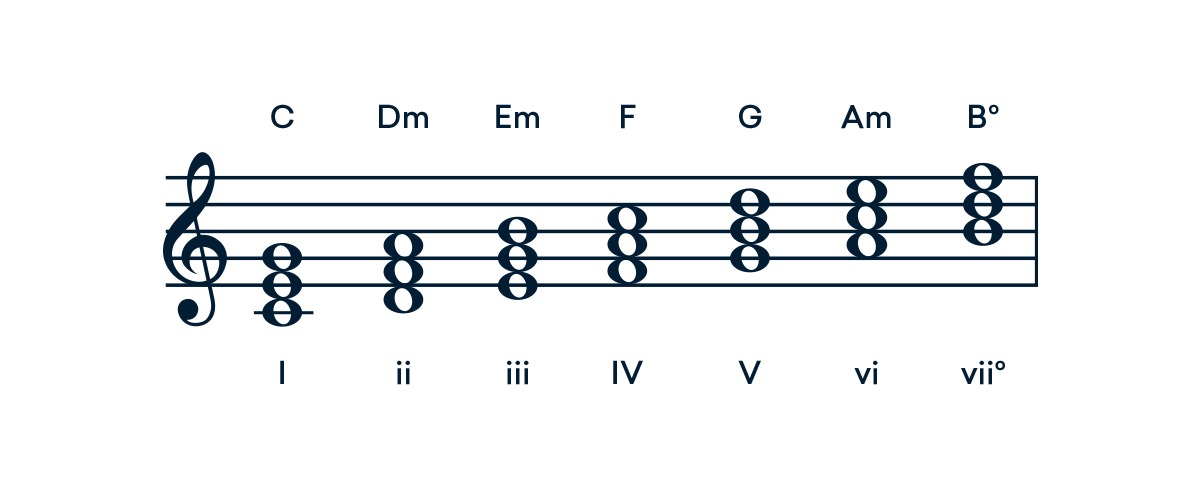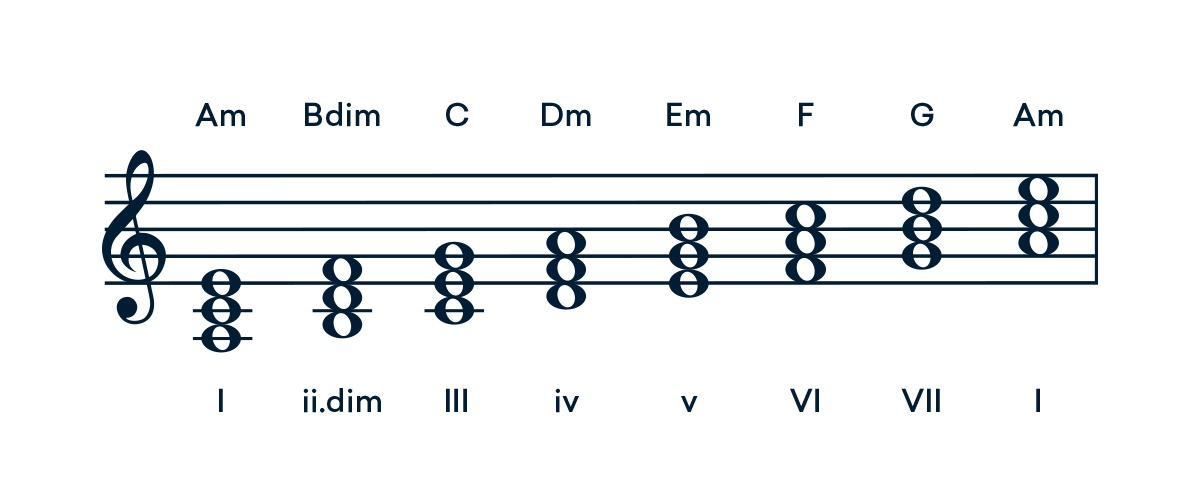Power chords are perhaps probably the most iconic chords in trendy rock and pop music. Particularly with regards to anything related to punk and heavy music.
It’s likely the first bar chord you’ll learn on the guitar. Because it’s simple to play, it sounds good and you need to use it wherever on the guitar neck.
In this article, we’re going to learn all the things you want to know about power chords.
Don’t worry, we’ll hold the music theory part simple and make it clear how to use them in fascinating ways.
By the end, you’ll know what notes a power chord makes use of. Find out how to play them on piano and guitar, and the way they’re utilized in music.
Let’s dive in!
What’s a power chord?
Power chords are chords that use two notes—the root and the fifth, after which often an extra note, one octave above the root.
For instance, a C power chord would comprise the notes C, G, and then C an octave above.
Note that power chords are neither major nor minor—since they don’t comprise the all-important minor or main third interval which is what gives a chord a major or minor quality.
Due to this indeterminate quality, power chords might be wherever within any of the scale degrees of a song’s key and nonetheless sound good.
Pop-punk bands like Green Day and Blink-182 do that very often to comply with or complement a melody.
Why are power chords so… highly effective?
The simple answer is as a result of their close reliance on the perfect fifth and octave interval.
The perfect fifth is called probably the most harmonically satisfying interval. There’s much science behind why the pitch ratio between the root and the fifth is so intently related.
However basically, the pitch ratio between the perfect fifth makes it the most steady sounding interval other than the octave (the other interval in a power chord).
As a power chord makes use of solely the octave and perfect fifth intervals, it makes for an extremely steady and powerful chord.
Just don’t tell a theory expert that you just think the power chord is one of the best chords. Because in music theory all chords technically contain at least three notes and the power chord solely contains two.
In fairness to theory experts, the power chord actually is only an excellent fifth interval supported by an extra octave above the root on top.
And while the power chord sounds good, it’s not very complicated, there are so many chords out there that have a lot more interesting harmonic qualities out there.
However in rock n’ roll, there are no guidelines and the power chord simply sounds massive and chunky, particularly when played by a heavily distorted guitar.
So let’s take a look at how the chord is performed and utilized in rock and pop music.
Find out how to play a power chord on guitar
If you understand the CAGED system, using an E-style bar chord is one of the best ways to play a power chord on the guitar.
Right here’s how an A power chord, played using an E style bar chord seems to be on a fingering chart.

Remember that how to play solely the bottom three strings — A the root note on the lowest first string, E the fifth note on the second string, and then A an octave higher on the third string.
The other most typical power chord on the guitar is played using an A-style bar chord under the CAGED system.
Right here’s how a D power chord, played using an A style bar chord seems to be on a fingering chart and guitar tab.

In this case, it’s known as:
- the lowest string isn’t played,
- the second string plays the root,
- the third string plays the fifth and the fourth string plays the root an octave higher.
Bear in mind, to play a proper power chord. You should know how to mute the strings that don’t belong to the root or fifth parts of the chord.
Find out how to play a power chord on the piano
Playing one on guitar is even harder than playing a power chord on the piano since on the piano, all of the notes are right there and also you don’t have to fret about muting or barring anything.
All it’s important to do is to find the root and fifth note on the keyboard and then play an octave above the root note.

Find out how to use power chords in music
Power chords don’t have a major or minor quality. It is not essential for you to have to fret about where and when you’re playing in a certain key.
Actually, you simply need to make sure you’re solely playing power chords on notes that truly belong to no matter key you’re playing in.
Right here are the diatonic major and minor chord values for the major scale.
And right here are the diatonic chord values for the minor scale.
Power chords do not have any major or minor value which is in contrast to major and minor chords which may solely be played on the respective minor and major degrees of a major or minor diatonic scale.
That’s why they’ll fit in every single place and it’s why punk outfits like using them to mirror the melody and make attention-grabbing chord progressions that don’t follow a 1-4-5 pattern.
Even when power chords will all the time sound great on 1, 4, or 5 chords.
So long as it sounds right to you. Don’t be afraid to make use of them wherever in a chord progression. That is all to say!
Power chord case study
Let’s take a look at Blink-182- a band that is among the greatest of all time relating to using power chords.
In What’s My Age Again the Tom Delonge’s guitar part starts off with a reasonably challenging alternate picking riff earlier than launching into some huge chords.
Because it’s such a fantastic hand-eye challenge I’ll encourage you to learn the sweep-picking riff, however, let’s look just a little more intently at what Tom is doing with the power chords after that riff.
The song is played in F# Major, so it makes sense that the first chord is found on F#.
Right here’s how the primary riff goes—F# on the one, C# on the 5, D# on the six, B on the fourth after which back to the beginning of the riff once more.

Notice how the same power chords are played by Tom in every single place within the F# major scale even if the root, fourth and fifth are major scale degrees whereas the sixth degree is minor.
It’s a fantastic example of how they’ll fit wherever in a chord development so long as it’s in key.
3 ways to make power chords more fascinating
As we know, power chords are simple. Although they’re actually useful, you would possibly get bored of them if you only learn chords.
Fortunately, after getting the hand strength to play a bar chord on the guitar you’ve received numerous options to extend into more complex chords.
Right here’s a couple of methods you can also make your chords more fascinating.
1. Play diatonic major and minor chords
You’ll know when and where to play a minor or major chord if you learn your diatonic chord scale.
Right here’s what the fingering for an A major chord seems to be like.

And right here’s the fingering for an A minor chord.

Building on the D power chord, right here’s how a barred D major chord seems to be.

And right here’s what a barred D minor chord seems to be like.

That is most likely the best approach of adding a bit more emotion to chord progressions and it’s a fantastic beginning for adding more complex intervals to your chords.
2. Add a major seventh or ninth extension
As a substitute for playing the high octave note within the power chord, you might as a substitute play a major seven or ninth note.
It is a great solution to make your chords sound “emo”, all of the emo and pop-punk bands use the major seventh, and major ninth when they need to add some emotional crunchy-ness.
Right here’s what a simplified A major ninth seems to be like using the E style bar chord on the E string.
Right here’s what a simplified D major seven seems to be like using the A style bar chord on the A string.

3. In your energy chord, play the fifth as the bottom notice
Right here’s a trick that numerous metal guitar gamers use to make their energy chords sound darkish and chunky.
Bring your finger up one string and play the E string. This will help to add another fifth note as the bottom note. Do this whenever you play an A-style bar chord on the A string.
Right here’s how a D power chord with an additional fifth on the E string seems to be like.

Bach is rolling over in his grave
Power chords are simple to play, they sound nice and so they break every rule in music theory. Bach would have hated all these parallel fifths.
No wonder punks love using them!
So for those who’re simply getting started, or if you wish to write a song with perspective and grit. Don’t be afraid to turn to the almighty power chord!





